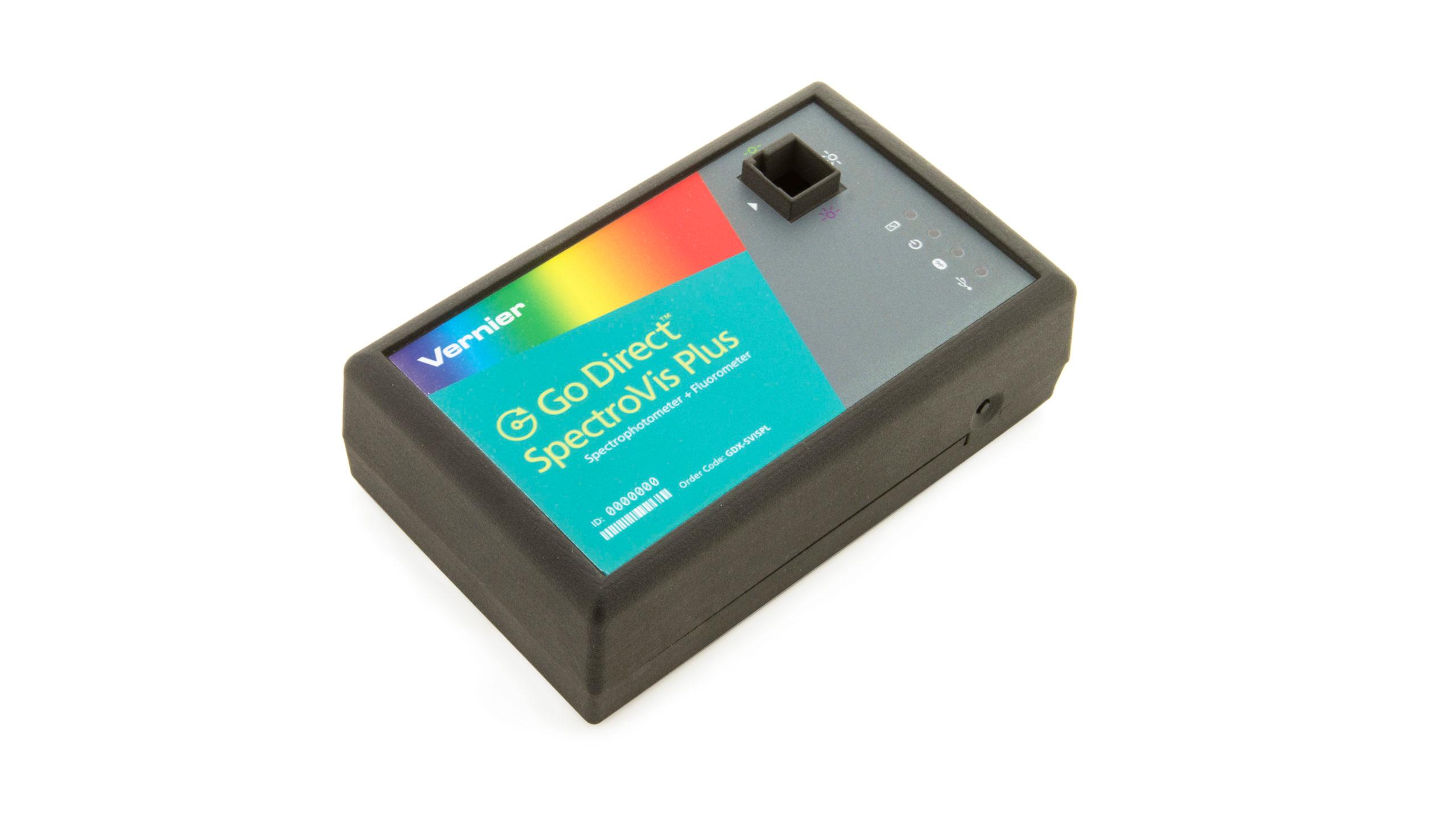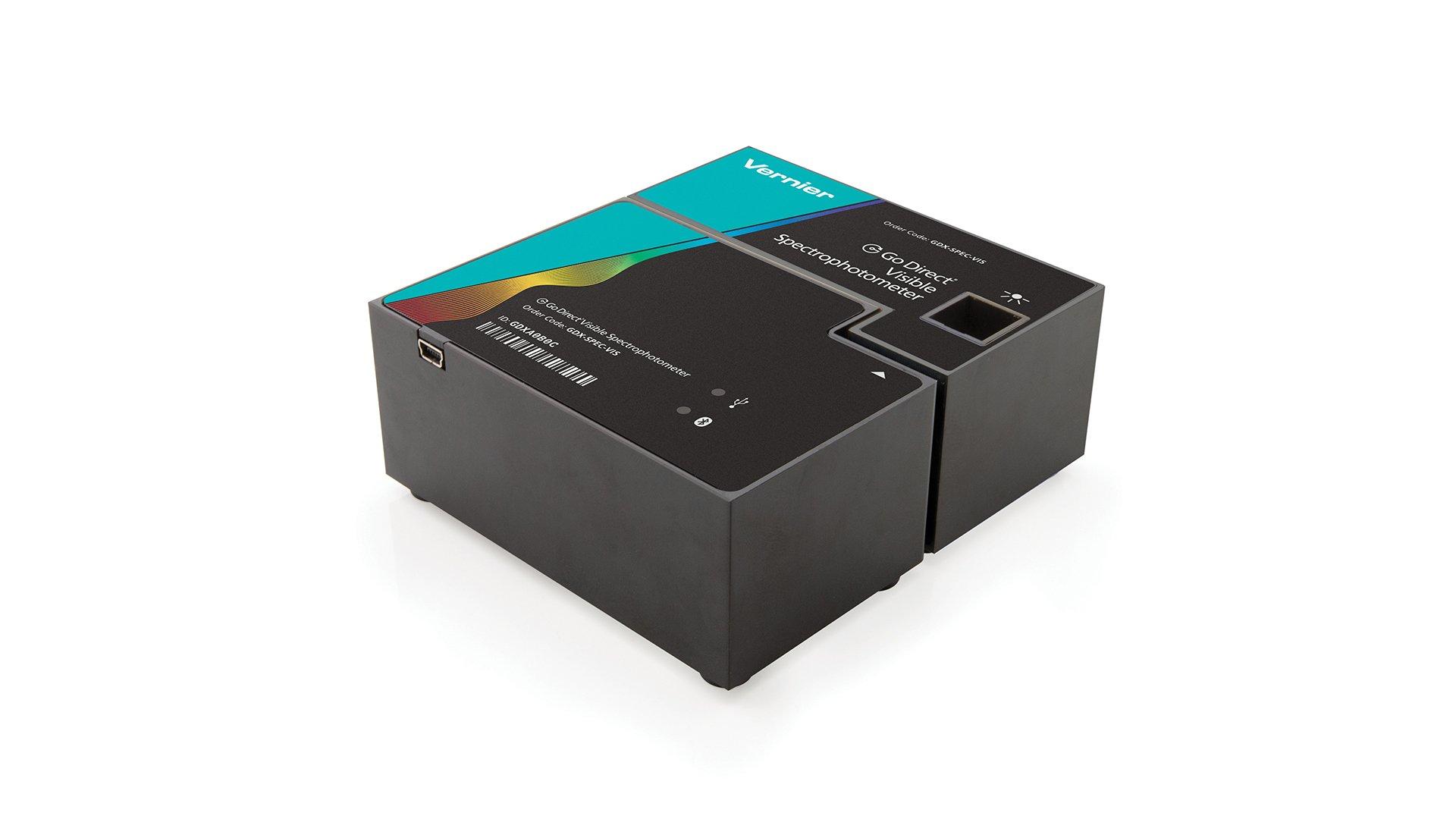Investigating the Kinetics of a Crystal Violet Reaction
Experiment #11 from Vernier Chemistry Investigations for Use with AP* Chemistry
- Education Level
- High School
- Subject
- Chemistry
Introduction
Spectroscopy can be used to determine the concentration of a substance in an aqueous solution. Spectroscopy can also be used to measure the progress of a chemical reaction.
The rate law of a chemical reaction describes, in equation form, the effect each reactant has on the progress of the reaction. For a generic reaction equation, A + B → C + D, the rate law is written as rate = k[A]x[B]y, where the exponents x and y refer to the order of the reaction with respect to the given reactant. The order of a reactant is established by determining the effect of concentration of a reactant on the rate at which the reaction proceeds. Commonly, order is determined to be zero, first, or second, and expressed in the rate law as an exponent of 0, 1, or 2.
When a solution of the organic indicator crystal violet reacts with a solution of sodium hydroxide, one of the results of the reaction is a color change. The purple color of the crystal violet solution disappears as the reaction proceeds to conclusion. How and why a chemical reaction proceeds in a certain manner is part of the study of chemical reactions called kinetics.
In the Initial Investigation, you will use a Vernier SpectroVis Plus spectrophotometer to measure the absorbance of a series of standard solutions of crystal violet. With that information, you will devise a plan for conducting the reaction between solutions of crystal violet and sodium hydroxide, from which the rate law, with respect to crystal violet, can be written.
Objectives
The objective of this investigation is to use spectroscopy to learn more about a chemical reaction. Further, the results of your investigation should provide sufficient evidence to describe the kinetics of a reaction and write the rate law.
Sensors and Equipment
This experiment features the following sensors and equipment. Additional equipment may be required.
Ready to Experiment?
Ask an Expert
Get answers to your questions about how to teach this experiment with our support team.
- Call toll-free: 888-837-6437
- Chat with Us
- Email support@vernier.com
Purchase the Lab Book
This experiment is #11 of Vernier Chemistry Investigations for Use with AP* Chemistry. The experiment in the book includes student instructions as well as instructor information for set up, helpful hints, and sample graphs and data.



